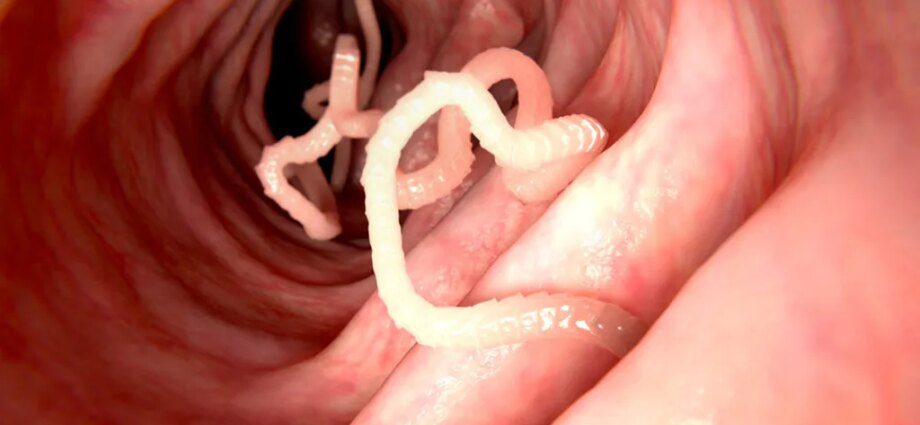Intestinal worms in babies
Intestinal worms are common in young children. Most often, transmission is through food, water or soil. Fortunately, most are harmless in healthy people …
What are intestinal worms?
Intestinal worms are small parasites that lodge around the anus or in the stool. They spread easily in young children, who often put their hands in their mouths. In the majority of cases, transmission is through food, water or soil. Once inside the body, intestinal worms can live in many organs such as the liver, brain and intestines. There are several kinds :
- Pinworms
Pinworms are responsible for the most common parasitic disease in temperate environments: pinworm. They are small worms that look like small white filaments. They measure less than a centimeter and are found in the earth. Children are therefore infected when they play in the earth and put their hands to their mouths. Know that the eggs get lodged under the fingernails. A carrier just needs to put their fingers on shared food for the contamination process to begin. Intestinal worms migrate into the intestine, females lay eggs. You will find these in your underwear, bedding and even on the floor. You can also see them with the naked eye moving around the anus or in your baby’s stool.
- Roundworms
They are the cause of ascariasis or ascariasis. This type of pink worm looks like earthworm, and sometimes measures more than 10 centimeters! It is implanted in the intestine. After hatching in the digestive tract, the worms travel to the liver, lungs and then the small intestine where they become adults. Females lay eggs that are rejected in the stool. It can be detected with a blood test or stool test. But you can possibly discover it in his pajamas, his underpants or in his stool. Roundworms come from dirty water, poorly washed fruits and vegetables.
- The taenia
This is the famous tapeworm, responsible for taeniasis ! This parasite attaches itself to the intestines of pigs and cattle thanks to its hooks. Some types of taenia are also transmitted by ingesting freshwater fish or ingesting insects. Their size varies from a few millimeters to several meters in length. They are composed of a succession of rings which contain very resistant eggs. Be careful if you discover its trace in your child’s stool or pajamas: it is probably only a small piece of the worm in question (one of its rings, for example), which will grow again.










